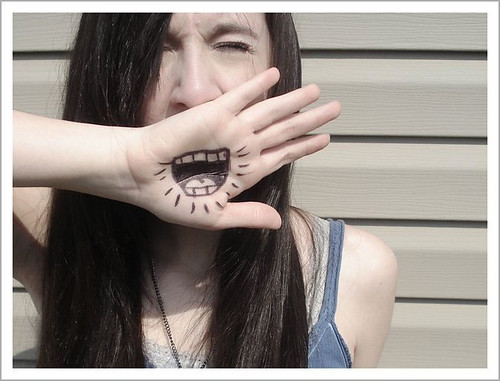
I'm a sucker for documentaries that show the 'rise and fall' of military empires, businesses and the like. I love seeing the plan that made these giants possible, then what changed that led to the inevitable decline.
So when I saw that ESPN was going to have a special titled 'The U' on how Miami Hurricanes football became a juggernaut in the 1980s, I had to watch. Now let me have a disclaimer here; the Canes in the 80s were brash, cocky, arrogant, and much of what their players did was a complete embarrassment to college football, in my opinion. I wasn't interested in the special from that angle, I wanted to see what happened to take a football program from all but being closed in the late 70s, to being the dominant program in the country just a few years later.
To give this story a baseline and some perspective, in the late 70s, support for Miami's football program was so low that the school ran promotions with local Burger Kings to give away a free football ticket if you bought a Whopper! The school was about ready to drop the football program when it hired Howard Schnellenberger in 1979. Schnellenberger had tutored under two of the greatest football coaches of all-time, Bear Bryant at Alabama and Don Shula at the Miami Dolphins.
When Schnellenberger arrived in Miami, he immediately started putting his fingerprints over the entire program. His first goal was to 'win back' the city of Miami. Racial and economic tensions had divided the city in the early 80s, and left the entire area looking for an identify to unify it.
And Schnellenberger saw that potential identity as being the Miami Hurricanes football team. He purposely focused almost all of his recruiting efforts on getting football players from inner-city Miami, and the surrounding areas. He did that because as he explained, he wanted to recruit kids from South Florida that wanted to play in front of their friends and family, so they would be in the stands cheering on these players.
Schnellenberger's staff called South Florida 'The State of Miami', and told his staff to saturate that area of the state with their recruiting efforts. What happened was that kids from Miami started committing to play football at Miami, and then started calling their friends at other local schools and told them to come to Miami as well.
And the Miami community noticed that Schnellenberger was going into rough, inner city areas of Miami, and recruiting kids that other schools wouldn't touch. That began to resonate with the Miami community, and they began to respect Schnellenberger and in the process, the community began to adopt the Miami team as their own. Because it was.
"By the mid 80s, the Hurricanes
were Miami's team" - Billy Corben, Director of The U
In 1983, the Miami Hurricanes won the school's first football National Championship. And the key was, that title was won with LOCAL players. An area that had been engulfed in strife and division, now had a reason to come together, and Schnellenberger instilled a sense of pride, of local pride, in the Miami program.
What does all of this have to do with your company's efforts to build an on or offline community? The lesson learned here is to give the people you are trying to reach,
a sense of ownership in something larger than themselves. Schnellenberger did NOT recruit the best players in the country, he recruited the best players in Miami, specifically because he wanted LOCAL players. He wanted the mamas and daddies of these players to be in the stands cheering their sons on. He wanted the Miami community to
identify with this team.
And they did. Remember that lesson when you are trying to create your community-building efforts.
Pic via ESPN
 Similar to the Twitter deal I blogged about on Tuesday, Google has reached a deal with Facebook to include some content created by its members into search results, effectively creating 'live' search. It appears that content will only be added that relates to 'hot topics' (again, similar to the Twitter deal), but that could easily change over time.
Similar to the Twitter deal I blogged about on Tuesday, Google has reached a deal with Facebook to include some content created by its members into search results, effectively creating 'live' search. It appears that content will only be added that relates to 'hot topics' (again, similar to the Twitter deal), but that could easily change over time.





